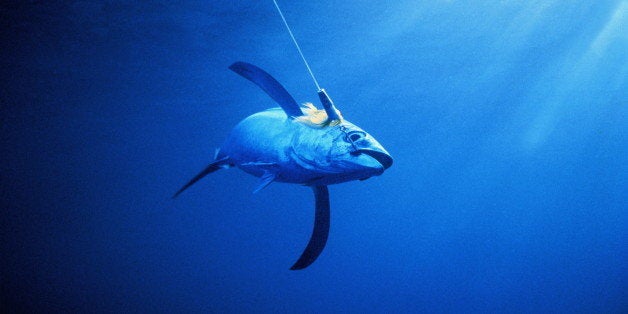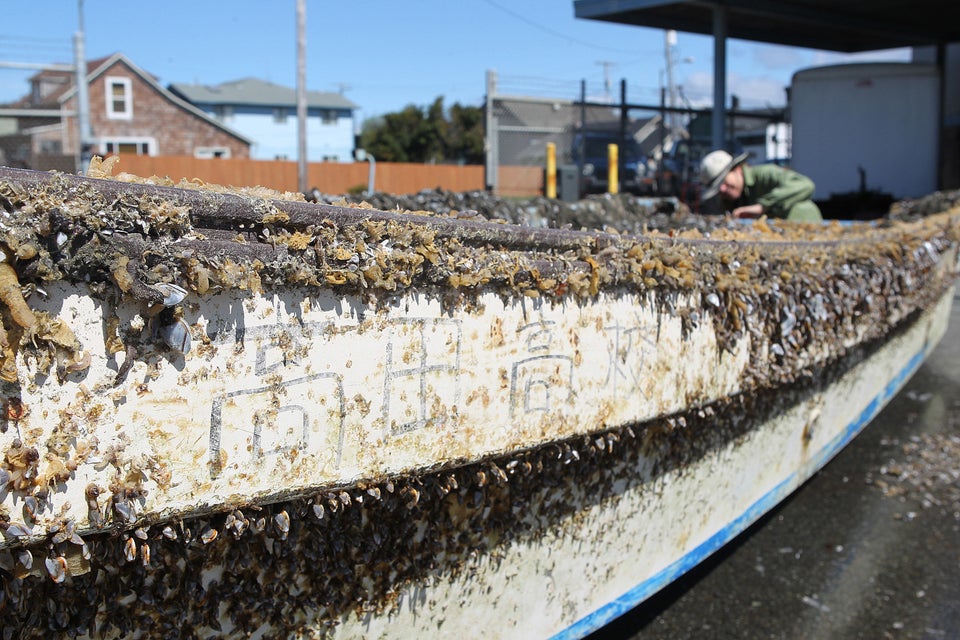
By Shelby Sebens
PORTLAND, Ore., April 29 (Reuters) - A sample of albacore tuna caught off the shores of Oregon and Washington state have small levels of radioactivity from the 2011 Fukushima nuclear disaster in Japan, researchers said on Tuesday.
But authors of the Oregon State University study say the levels are so small you would have to consume more than 700,000 pounds of the fish with the highest radioactive level to match the amount of radiation the average person is annually exposed to in everyday life through cosmic rays, the air, the ground, X-rays and other sources.
Still, the findings shed some light about the impact of the meltdown on the Pacific Ocean following the March 2011 tsunami and subsequent power plant disaster, said Delvan Neville, a graduate research assistant at OSU and lead author of the study.
"I think people would rather have an answer on what is there and what isn't there than have a big question mark," Neville said.
At the most extreme, radiation levels tripled from fish tested before Fuskushima and fish tested after. That level was 0.1 percent of the level set by the U.S. Food and Drug Administration for concern.
"The levels were way too small to really be a food safety issue, but we still want to tell people about it so they know what's there." Neville said.
Jason Phillips, a research associate in OSU's College of Earth, Ocean, and Atmospheric Sciences and co-author of the study, said he did not expect to find high levels of radiation in the fish, but rather thought it would be a way to track the migratory patterns of the albacore.
He said that thanks to continued support from the Oregon Sea Grant, the research will continue and they will expand the pilot program to look at fish from California and other parts of the North Pacific.
Their study looked at 26 Pacific albacore from 2008 to 2012. Phillips said the albacore tuna was a good species to study because it migrates as far as Japan.
"If we were going to see it in something, we would see it in albacore' or other high level predators," he added. (Editing by Dan Whitcomb. Editing by Andre Grenon)

